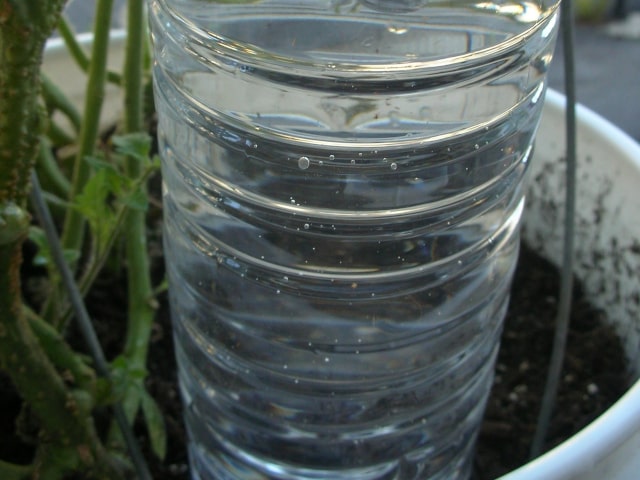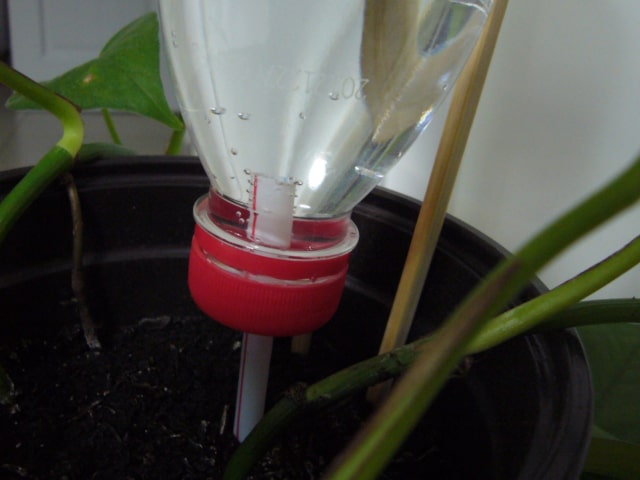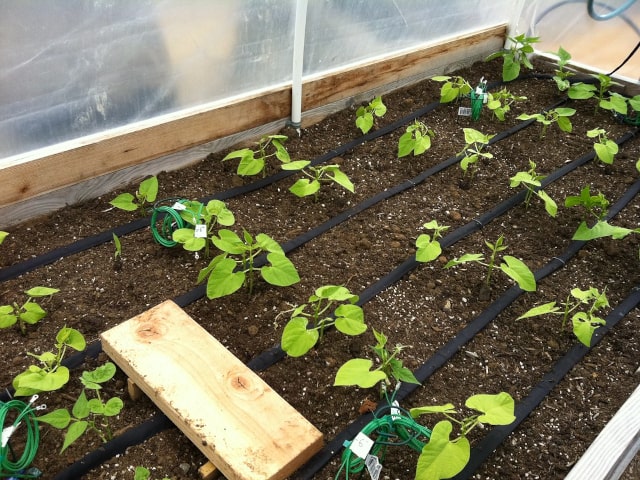
Drip irrigation system bring numerous advantages. The most important of all, it allows the moisture to be delivered straight to the roots, where the plants need it the most. This is much better than the traditional overhead watering, which doesn't always transfer moisture to the roots in an effective manner. Even worse, this sort of watering can lead to numerous problems, such as fungus issues on leaves and many other problems.
Not to mention that drip feeders are great for many plants, especially vegetables. Vegetables love the moisture at their roots instead of overhead sprinklers. Sprinklers may lead to numerous leaf problems so this is why they are not recommended.
Therefore, using a drip irrigation system is advisable. However, these systems are often expensive so they ask for a huge investment. Plus, it's not always easy to install a small drip irrigation system in your home or garden.
So, what to do? Luckily, there are ways to make your own, homemade mini irrigation system using nothing but readily available materials.
Tools and Materials
The best thing about this project is that it uses recycled materials so you are saving the money and protecting the planet at the same time.
To make your own homemade drip irrigation system, you'll need:
- A large used soda bottle
- Barbeque skewers (to poke holes in the bottle)
Instructions for Homemade Drip Irrigation System
Take an empty soda bottle and clean it the best you can. Make sure there's no leftover soda or detergent in the bottle after you're done.
Use barbecue skewers to poke holes in the bottle. The number of holes is up to you. Remember: more holes = a quicker release. You might want a very slow release so in that case you will poke only a few holes. It all depends on how strong and fast you want water release to be.
Take the soda bottle and insert it carefully into the space next to the plant. It's best to do this while the plant is still young. Make sure to leave the top off and fully exposed.
To water your plant, simply add water to the bottle using a hose or a can. Monitor the bottle to refill it when it gets empty or when you feel that your plants need more water.
Photo credit: homegrowndotorg




0 Comments